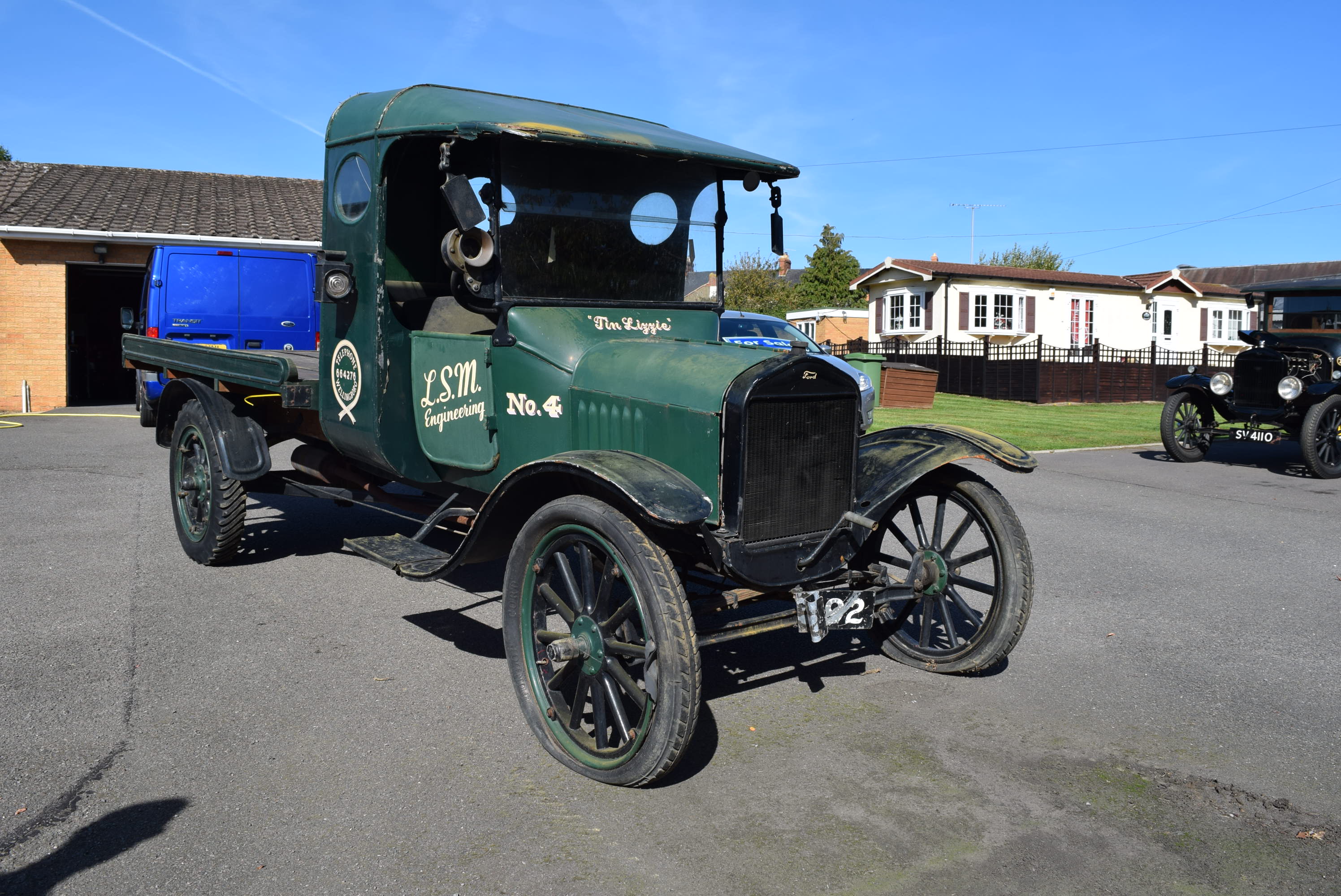
Click Here for Full Screen Image - Click Here to Download Image
 |  |  |  | 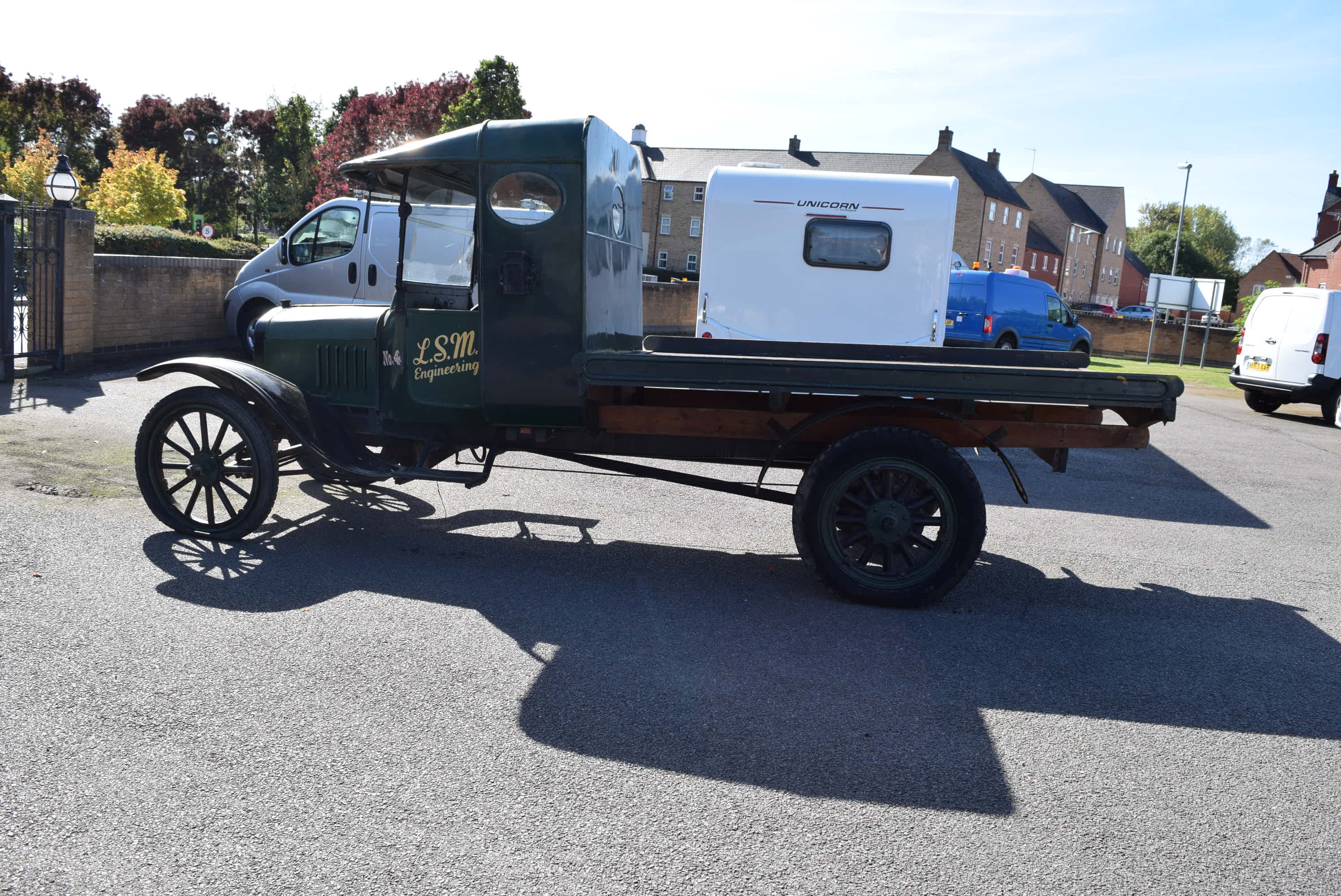 | |||||
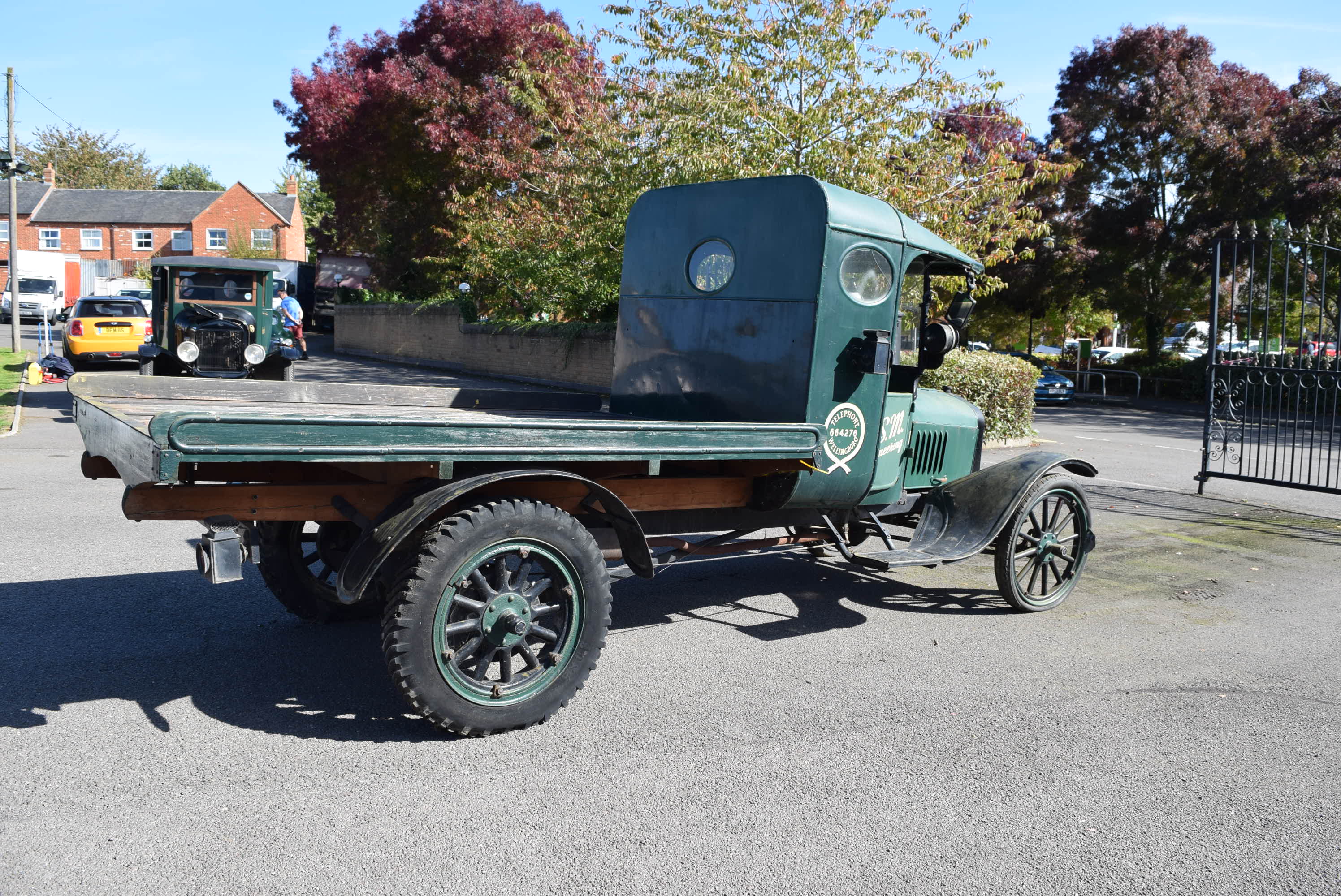 | 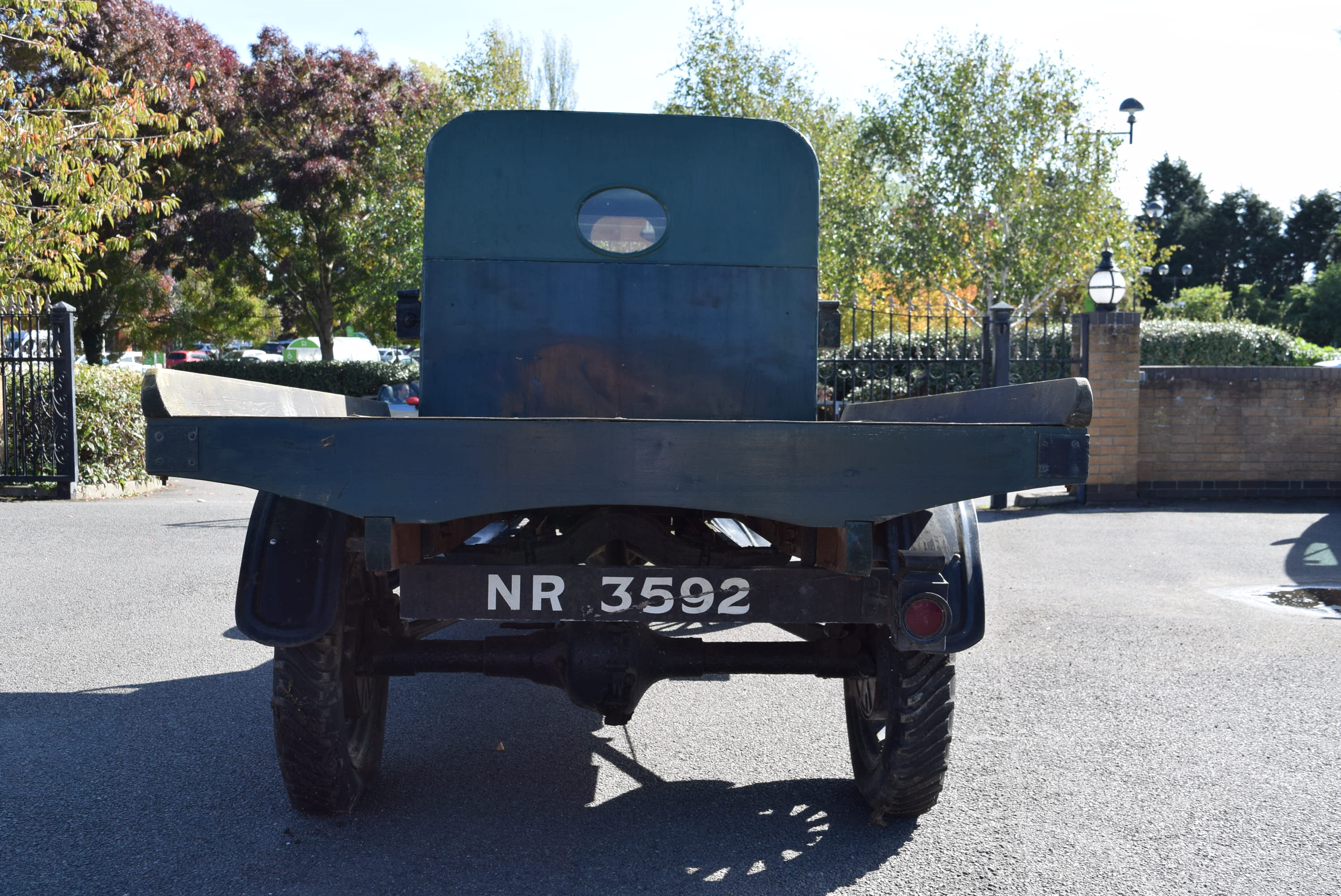 | 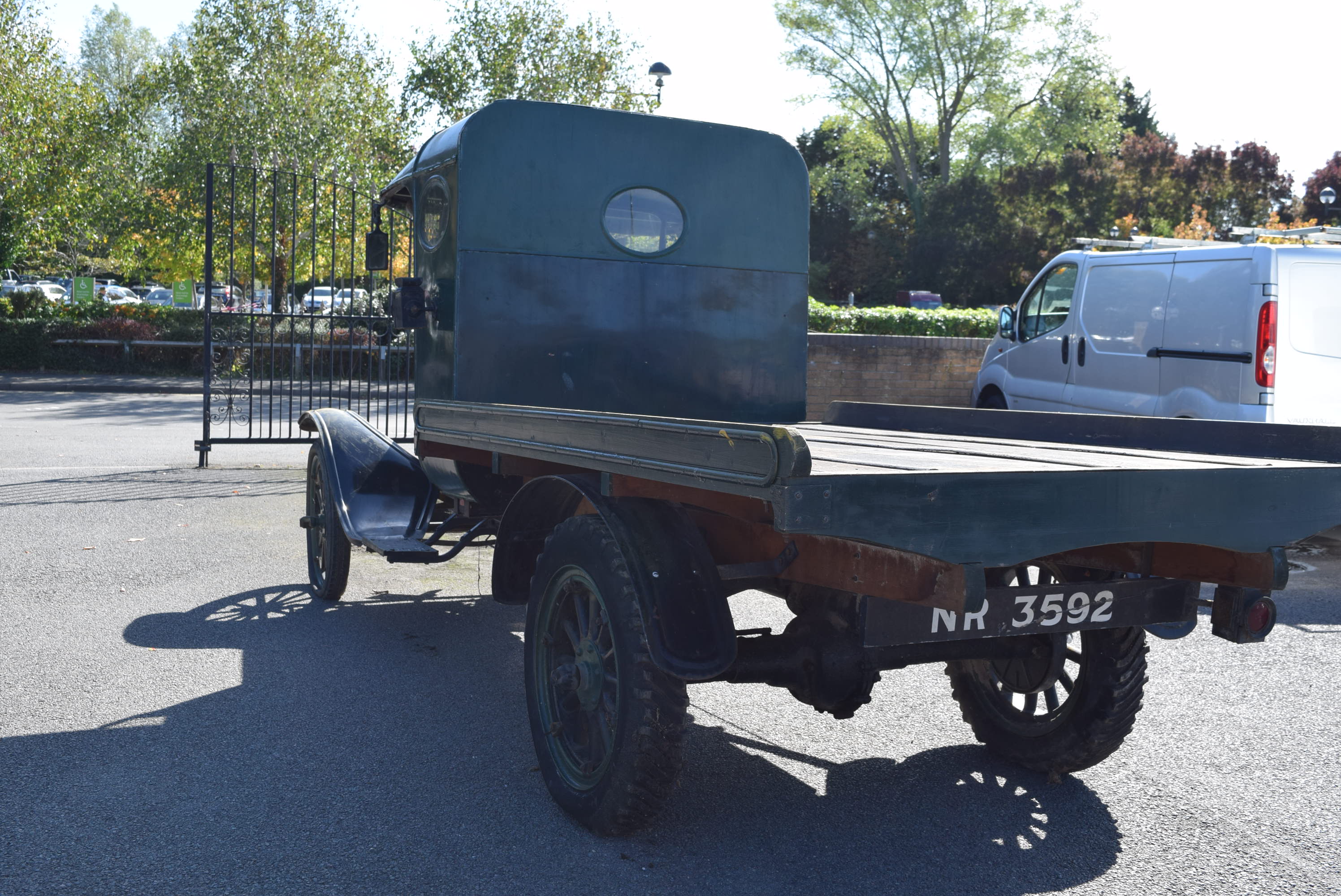 |  | 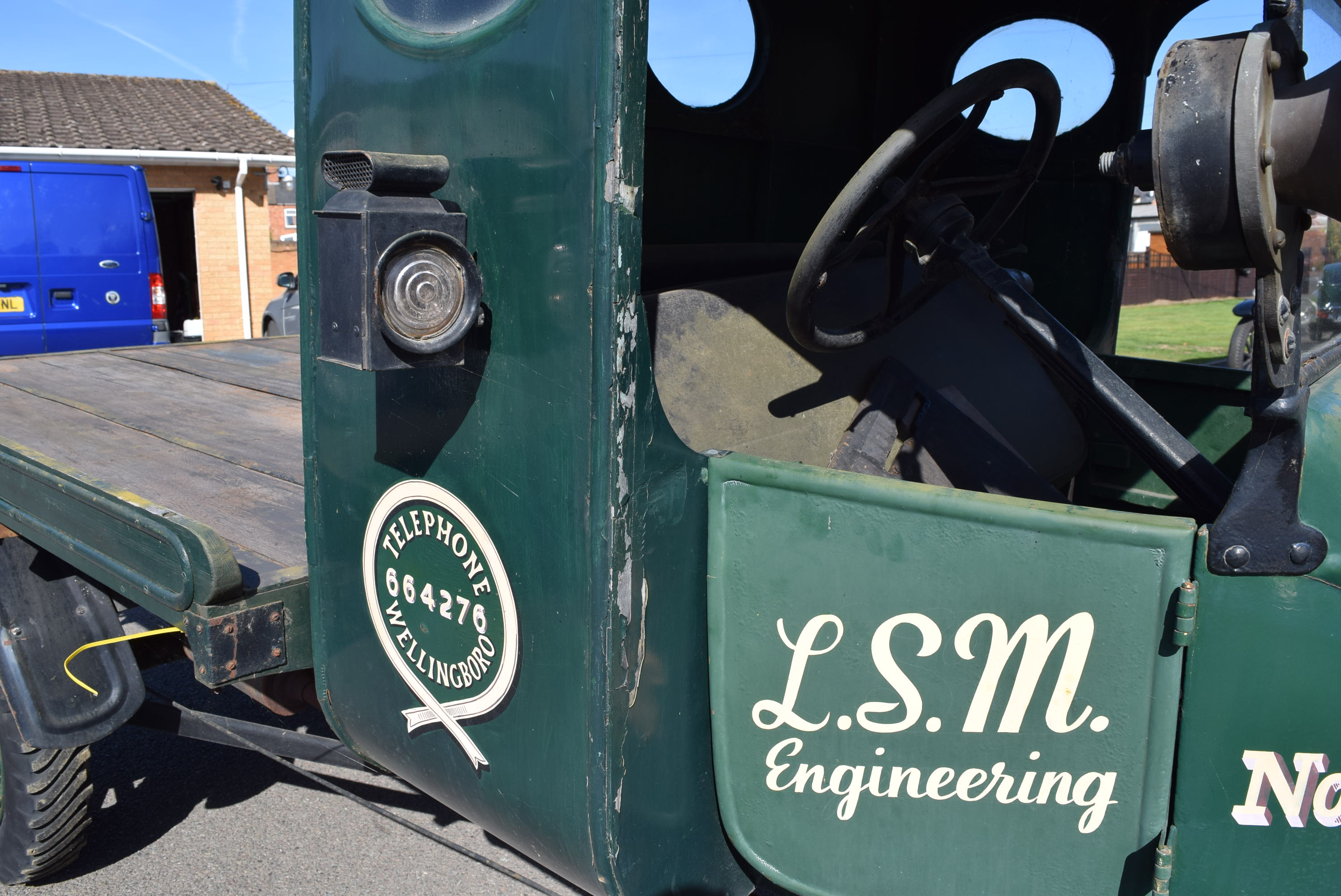 | |||||
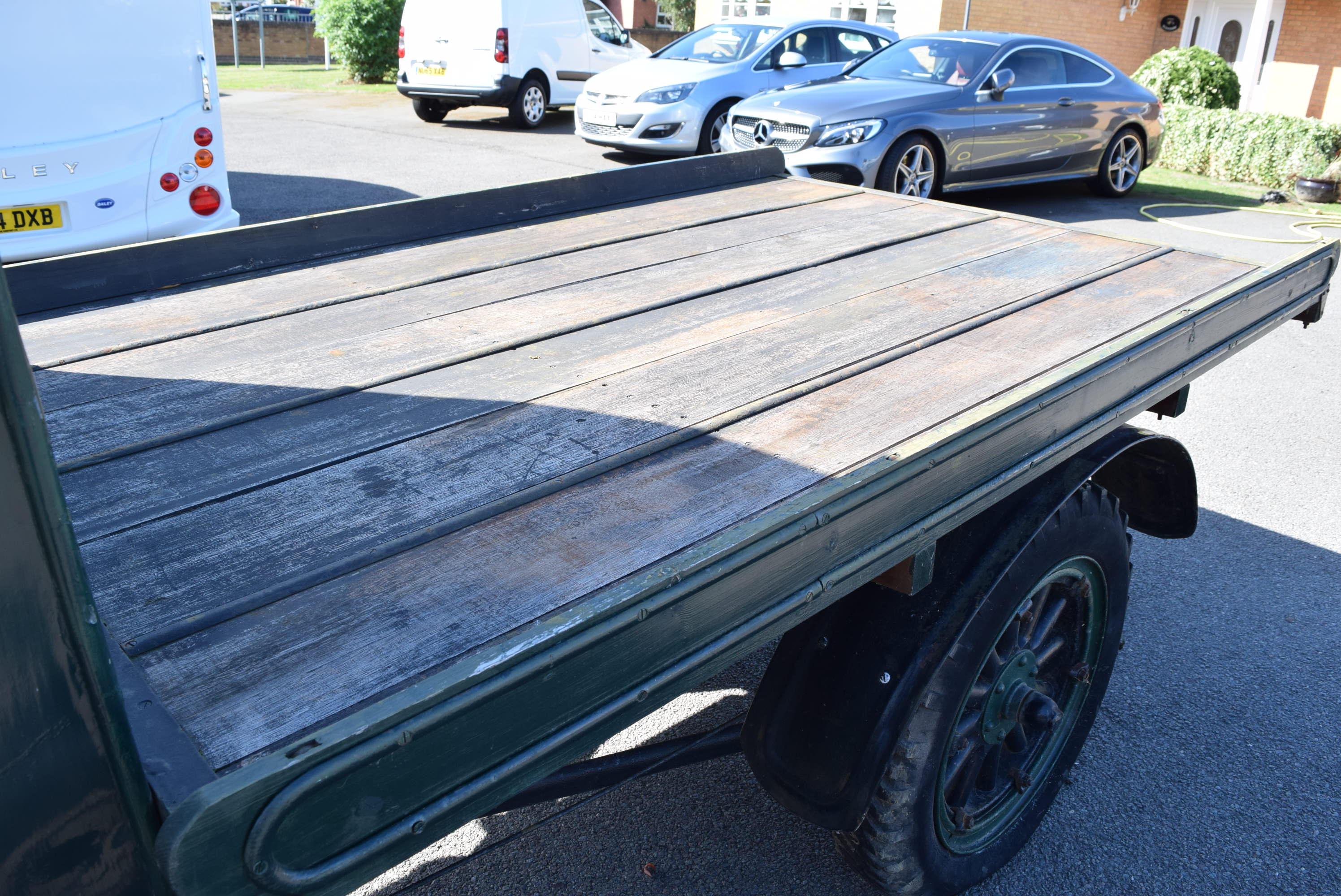 |  |  |  | 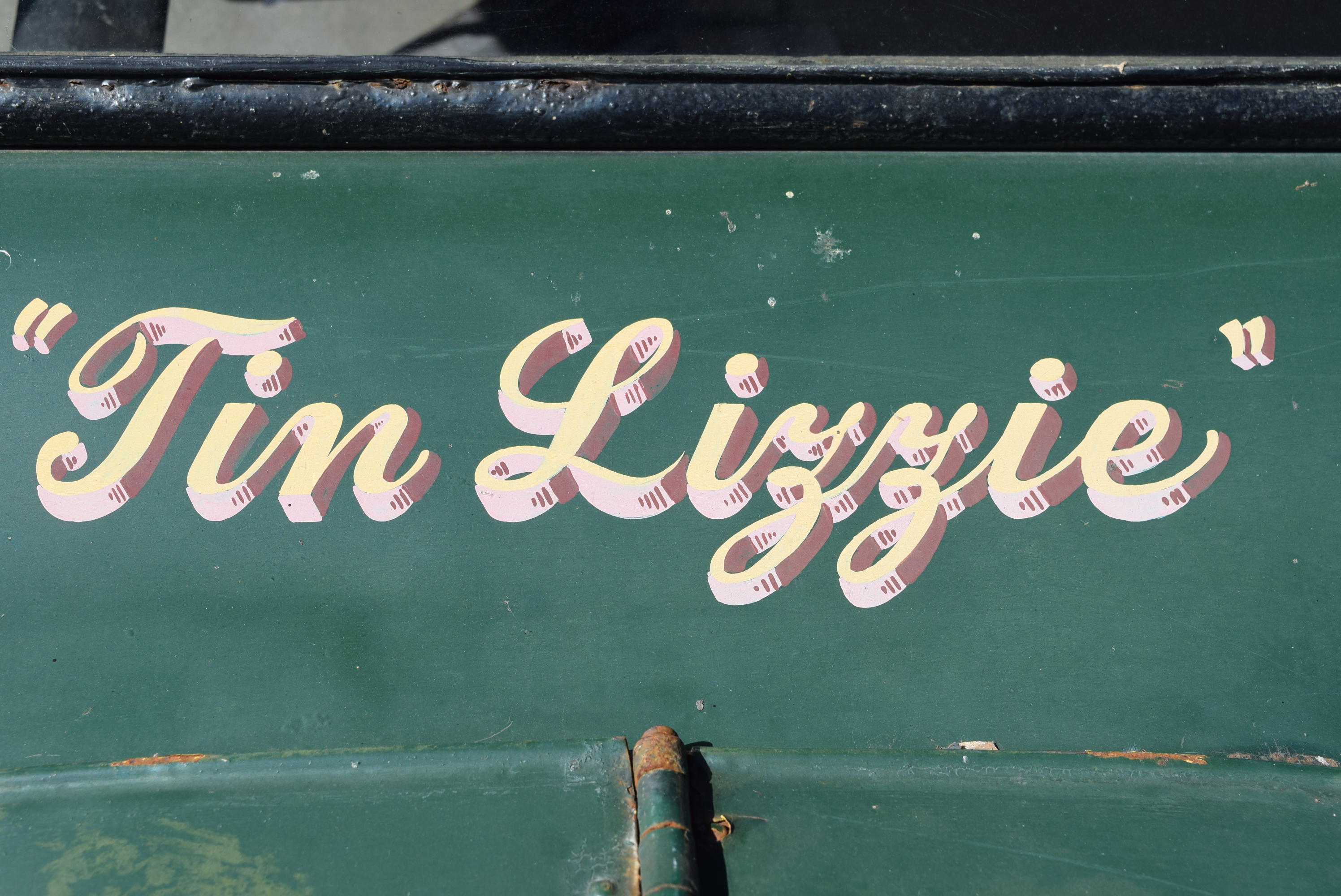 | |||||
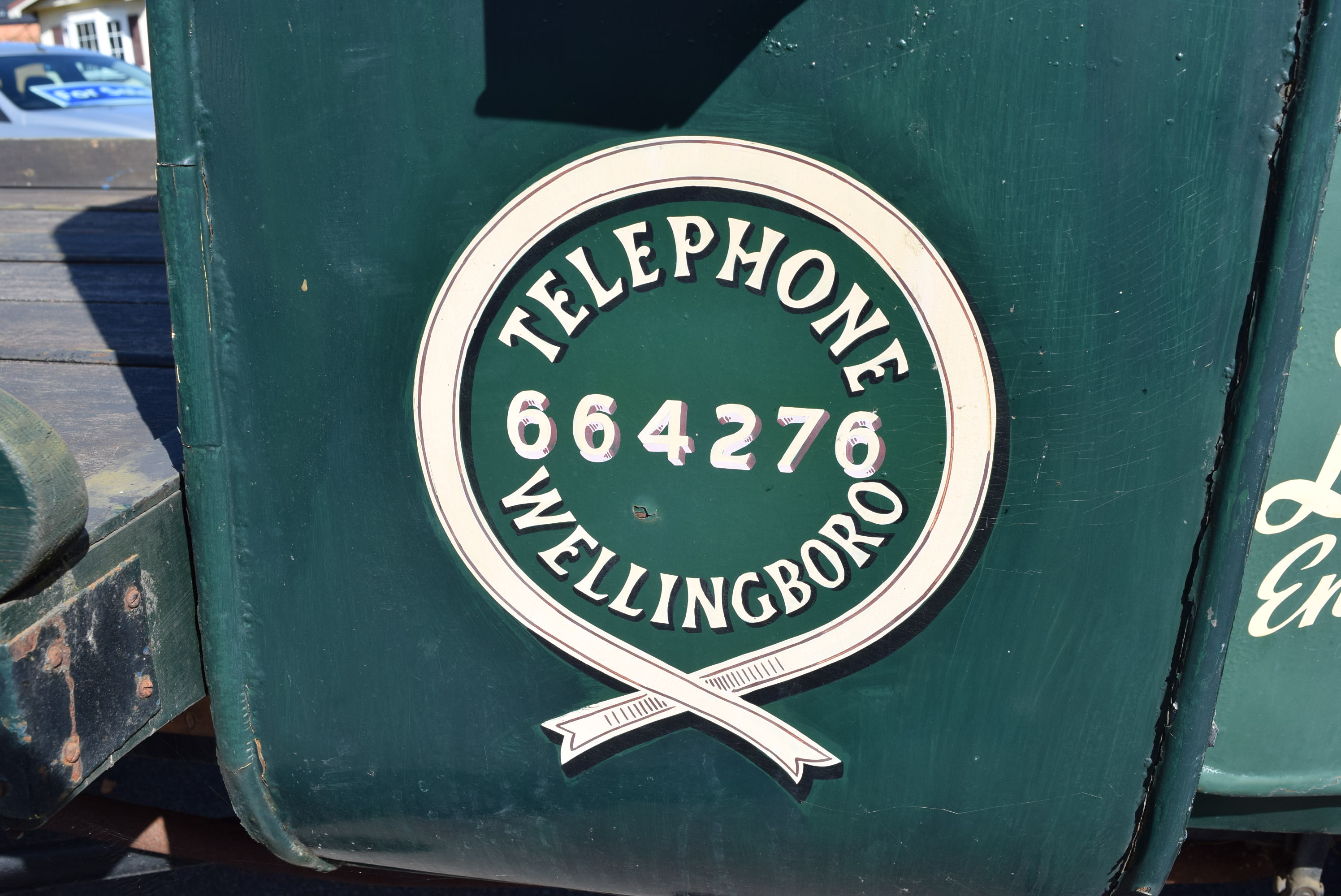 | 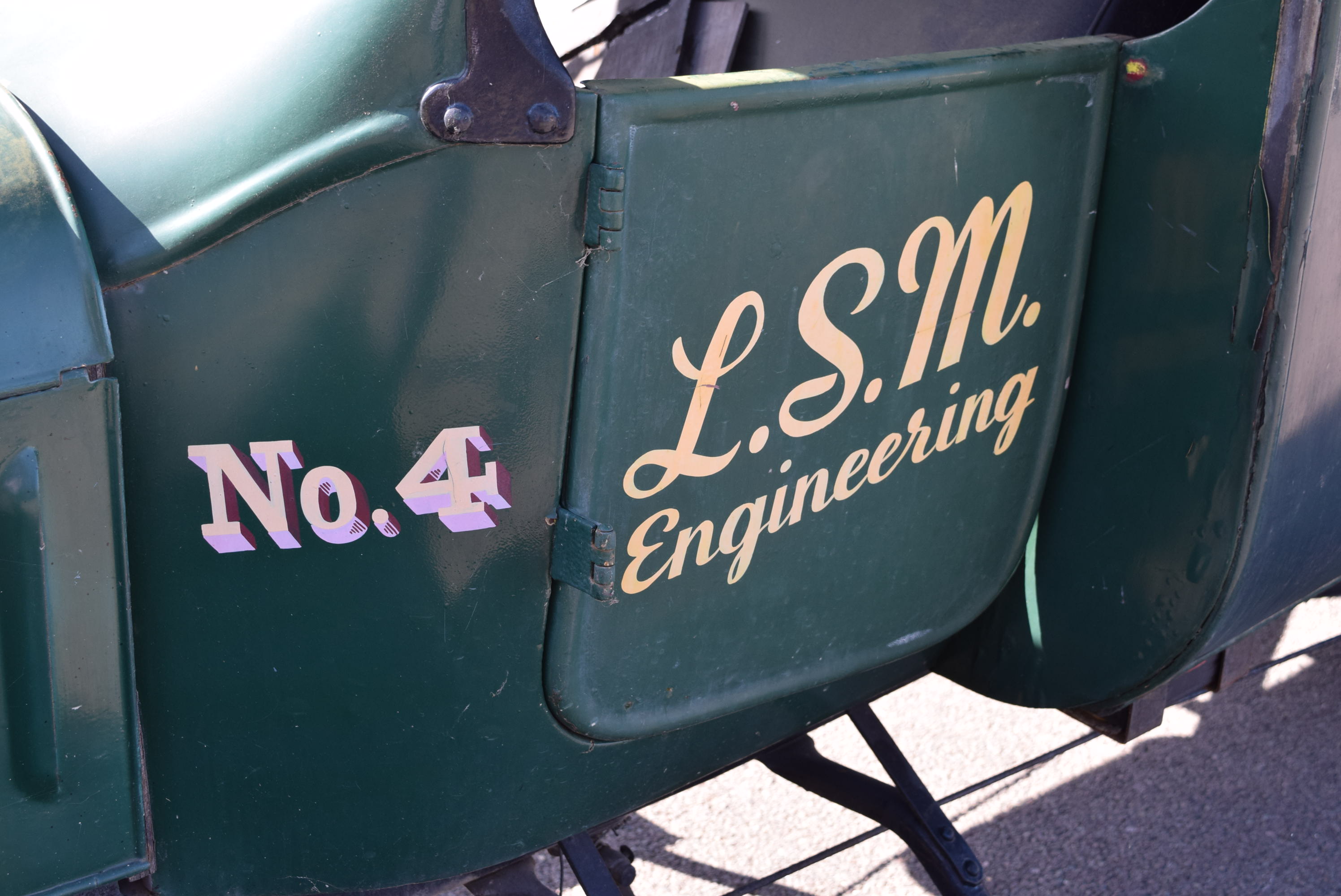 | 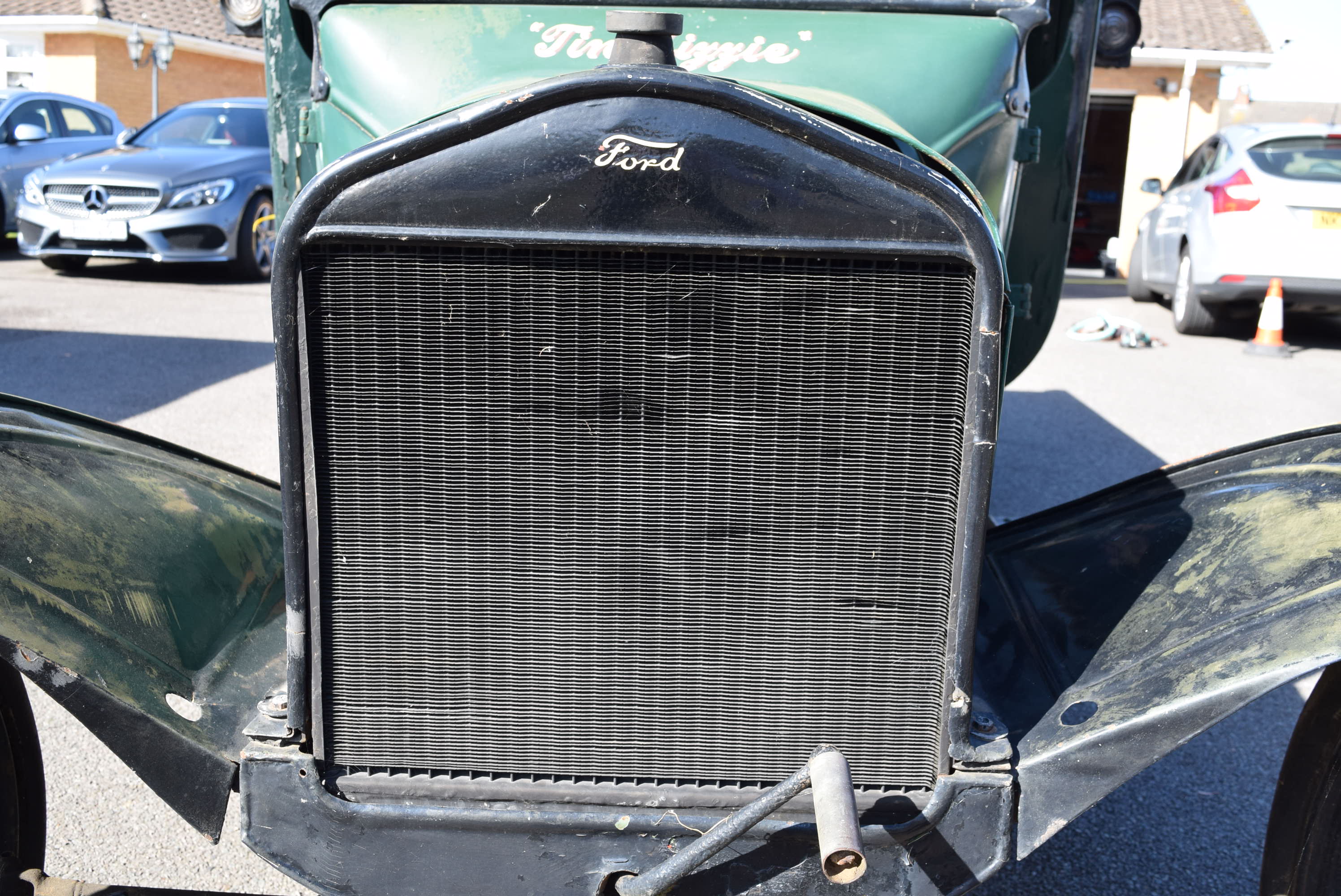 |
| Lot number | 62 |
|---|---|
| Hammer value | £8,400 |
| Description | Ford Model TT Flatbed Truck |
| Registration | BF 8640 |
| Year | 1923 |
| Colour | Green over black |
| Engine size | 2,900 cc |
| Chassis No. | DVLASWA3971808504 |
| Documents | V5C |
Henry Ford changed the world forever with the Model T and 16,500,000 of the spindly little devils were produced between 1908 and 1927. Not all of them were made in America and not all of them were cars.
This 1923 Ford truck was made at the Trafford Park Ford plant in Manchester, England (as opposed to Vermont, New Hampshire, or –by-the Sea, Massachusetts). It’s not known how many trucks came out of Manchester, but worldwide Ford produced around 2 million.
Technically, BF 8640 is a Model TT and has some differences from the car – mostly in the construction of the rear axle, differential and reinforced rear chassis. It still has the stump-pulling 2.9 litre side-valve engine, oddball epicyclic gearbox and a spares back-up that makes many modern cars look abandoned.
The truck appears to be in original condition although the paint may be a more recent addition, it certainly looks the part. The truck has not been used for around 30 years so the successful bidder will need to do some work to get it back on the road. Fortunately, the spares situation and the Model T’s legendary rugged simplicity should make the job a little easier.
This is fabulous old truck and the new owner will want to think long and hard about the merits of conservation over restoration.